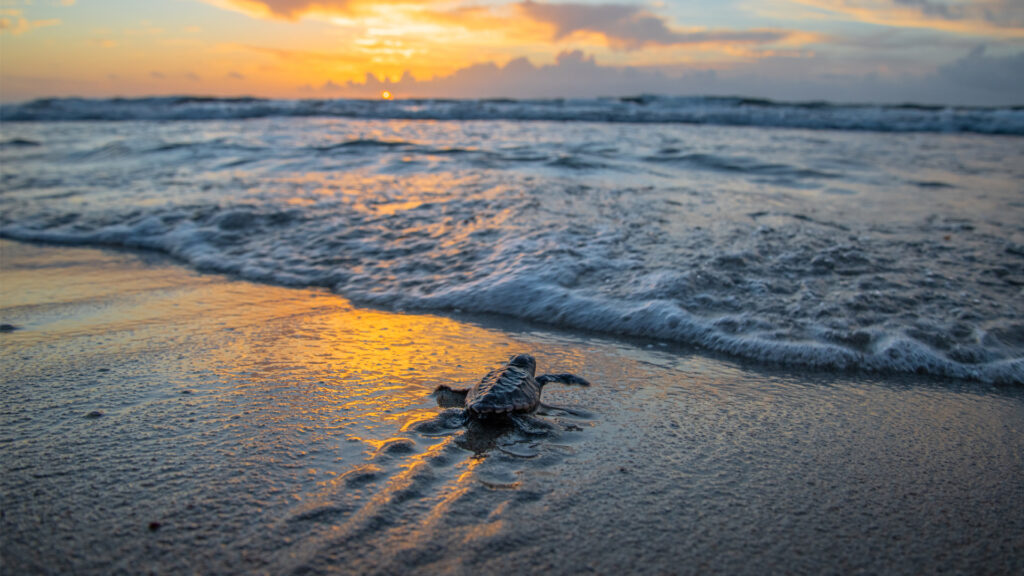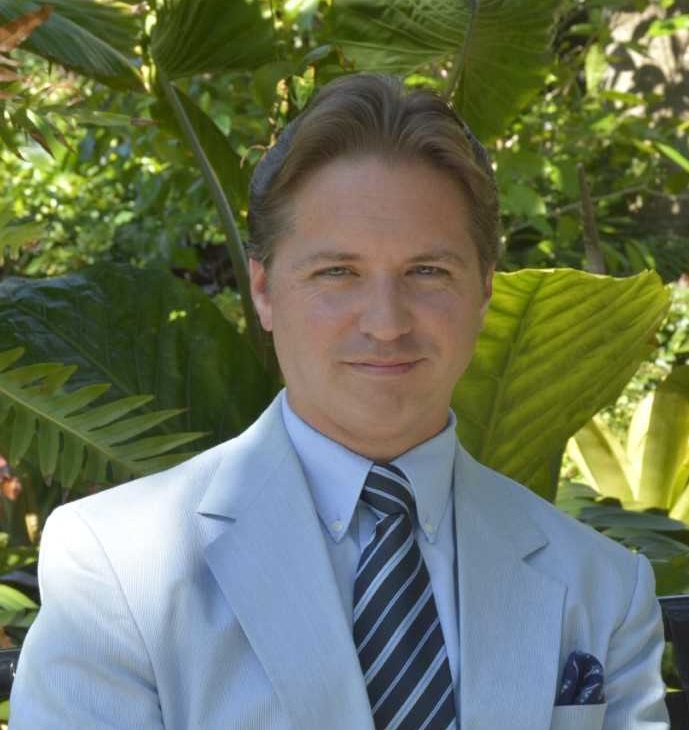By Taylor Hagood
Professor by night, park ranger by day, protector of sea turtles always. That was the late Hank Smith, a unique person in Florida’s environmental history.
I knew him as a colleague at Florida Atlantic University. He cut quite a figure in his standard uniform of jeans, denim button-down and Dallas Cowboys ballcap. A dark beard completed his shabby look.
What he did when outside of FAU was mysterious to me. As I understand it, he worked for the Florida state park system, ranging from Jupiter to the Keys. I think he may have relocated alligators out of people’s pools. I know he worked long and hard for the preservation of sea turtles.

As a Florida transplant in 2005, I very soon learned from Hank about loggerheads and leatherbacks. And he introduced me to a distinct spring/summer South Florida activity — the turtle walk.
A turtle walk is a unique experience. Led by a trained professional — do not go at this on your own! — you gather at the beach while spotters search for turtles coming ashore to lay their eggs. If one does, off you go.
There is something almost mystical about seeing a mother turtle making her way to a nesting spot. She appears a large dark spot, secretive, intent, almost unbelievable. You feel keenly how much unseen life happens around us.
Once the turtle starts digging the sand with her flippers, she goes into a kind of trance and stays that way while laying her eggs. She is apparently helpless during that time: I have been told that raccoons will feast on the eggs if allowed to. But now is when the group walks down to her and forms a protective wall. A turtle walk helps humans to be humans helping.
The whole ordeal exhausts the mother turtle. Hank told me the caloric expenditure of her making her way to the beach, digging the nest, laying the eggs, covering them up with the sand. I don’t have a good head for numbers, so he communicated it another way.
“It’s like jumping up and down as high as you can for seven minutes.”
Then, to drive the point home, he looked at his watch to time himself and started doing just that, his beard and the Cowboys star on his cap bouncing up and down.
“You do it!” he barked.
He looked so ridiculous I just laughed. But he was not laughing. He was making a point. A powerful one.
I should have jumped with him.
Later, after I made my first walk, Hank insisted we write an article together about turtle walks. He co-wrote constantly, publishing hundreds of essays. At the time, scholars in the humanities rarely collaborated. And it was hard to imagine getting out of our respective silos.

I did, though — wrote half an essay all about how the walks resembled what theorist Augusto Baol calls “invisible theater.” I sent it to Hank.
“Good,” he said. “I’ll put in all the science.”
He never did. Unbeknownst to me or anyone else, he was battling cancer. He died weeks later.
The Florida State Park System has since established a Hank Smith Award for Excellence in Research. Jumping up and down is probably not a requirement for winning.
Still, I know whoever has won that award knows what that jumping means. So do the folks who lead turtle walks, nurse turtles and educate people about them.
And if you live in South Florida and have not made that walk, now is the perfect time.
Taylor Hagood is a professor of American literature at Florida Atlantic University and the author of “Theodore Pratt: A Florida Writer’s Life.” Banner photo: A loggerhead sea turtle returning to the ocean after nesting on a beach (iStock image).
Sign up for The Invading Sea newsletter by visiting here. To support The Invading Sea, click here to make a donation. If you are interested in submitting an opinion piece to The Invading Sea, email Editor Nathan Crabbe at nc*****@*au.edu.



